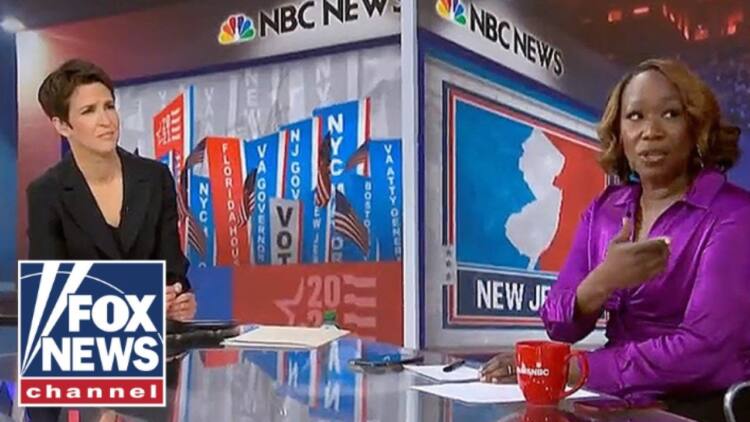By George Barron
The 2024 Election: When Image Meets Reality
Echoes of Hillary Clinton’s loss to Trump in 2016 abound throughout the media’s reaction to Donald Trump’s win on November 5th. To the reporters on ABC, CBS, NBC, CNN, and especially MSNBC, the election of Kamala Harris was a foregone conclusion. Their reaction of over-the-top surprise and disappointment made that clear. Yet, surprisingly, the Harris campaign didn’t pre-order fireworks like Hillary did in 2016. Perhaps they were running low on funds.
In the aftermath of the 2024 presidential election, where Donald Trump emerged victorious over Kamala Harris, the narrative surrounding both candidates took center stage, revealing a peculiar psychological phenomenon among political figures. This election cycle was marked by a stark contrast in media portrayal: Trump faced relentless negative coverage, while Harris was enveloped in a glow of positive media spin.
This dynamic brought to light a condition where public figures begin to believe their own crafted personas, a mix of narcissistic tendencies and self-deception. For Kamala Harris, the media constructed an image of competence, empathy, and leadership, often overlooking or downplaying any criticisms or controversies. This portrayal could have led Harris and her team to believe in this idealized version of her candidacy, perhaps more than the reality on the ground.
On the flip side, Donald Trump, accustomed to decades in the spotlight, has always been known for his ability to turn negative publicity into a spectacle, often embracing or even amplifying controversial narratives about himself. This might not be a case of him believing the negative press but rather using it as part of his broader strategy, a form of psychological jujitsu where the negative becomes a tool for engagement.
The media’s meltdown post-election wasn’t just about disappointment; it was a reflection of a disconnect between the narrative they helped create and the reality voters chose. For the media, this election was a lesson in the limits of narrative control, while for the candidates, it underscored the dangers and illusions of believing too deeply in one’s public image.
The phenomenon isn’t new but was particularly evident in 2024. Both candidates and the media played roles in crafting images, but voters, seeing through or beyond these images, made their choice, reminding everyone that in politics, as in psychology, reality often diverges from the stories we tell ourselves and others.
Written with assistance from xAI’s Grok AI
